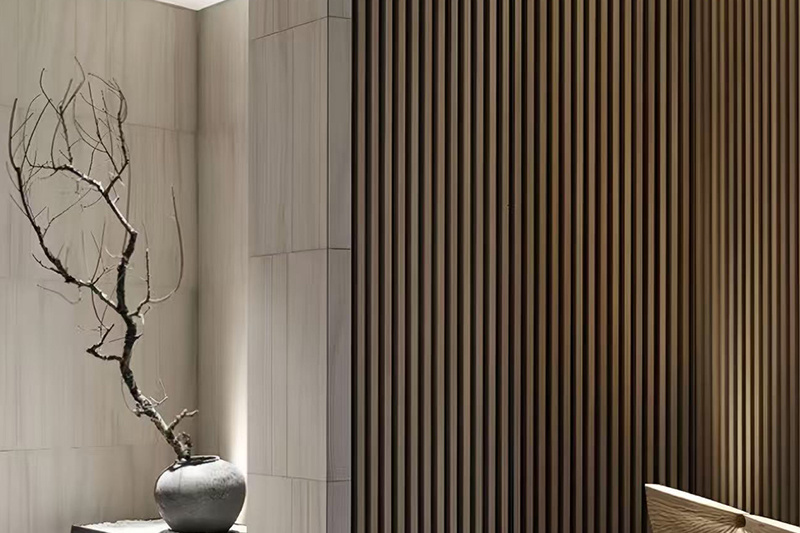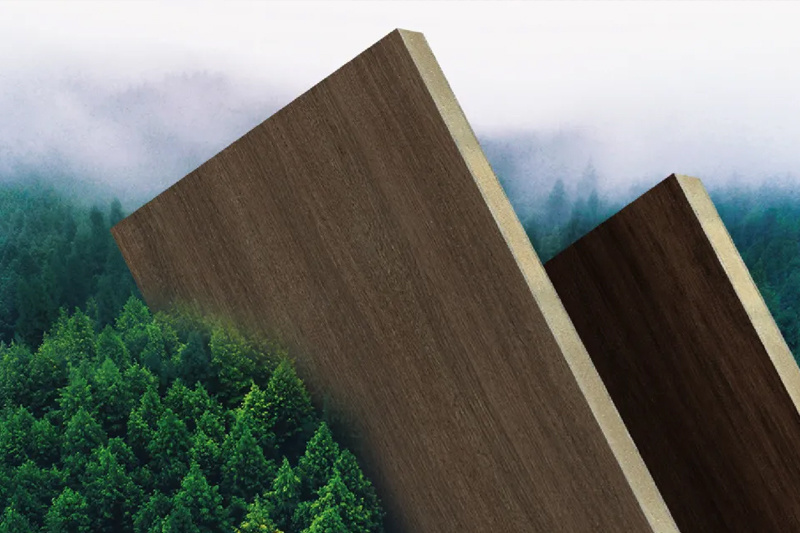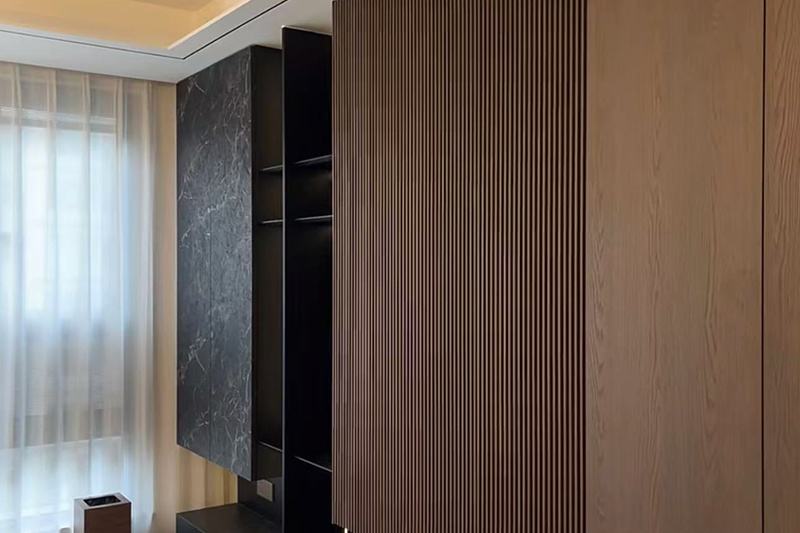Toilet: The 'top priority' of waterproof substrate
The bathroom is the most concentrated area of moisture in the home, and the application of waterproof materials directly determines whether there are problems such as leakage and mold on the walls.
Release time:
2025-08-07
Toilet: The 'top priority' of waterproof substrate
The bathroom is the most concentrated area of moisture in the home, and the application of waterproof materials directly determines whether there are problems such as leakage and mold on the walls. The core application points include:
Ground area: Waterproof rolls (such as SBS modified asphalt rolls) or waterproof coatings (such as polyurethane, acrylic) should be laid, with a focus on covering the shower area, toilet area, and under the washbasin. The waterproof layer should extend at least 30cm towards the wall, and the height of the waterproof layer on the shower area wall should reach 1.8-2.0m (to prevent shower water from penetrating the wall).
Wall joints: weak points such as toilet pipes, floor drains and ground joints, and wall corners need to be reinforced with waterproof tape, sealant and other auxiliary substrates to prevent water from seeping into the gaps.
Dry wet separation zone: If the bathroom is subjected to dry wet separation, the walls of the dry zone also need to be waterproofed (with a height of about 30-50cm) to prevent daily splashing and infiltration.
Previous Page
Previous Page
Latest information





